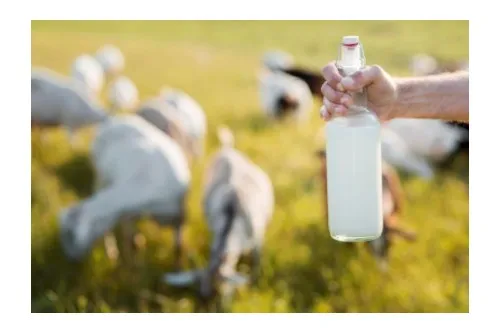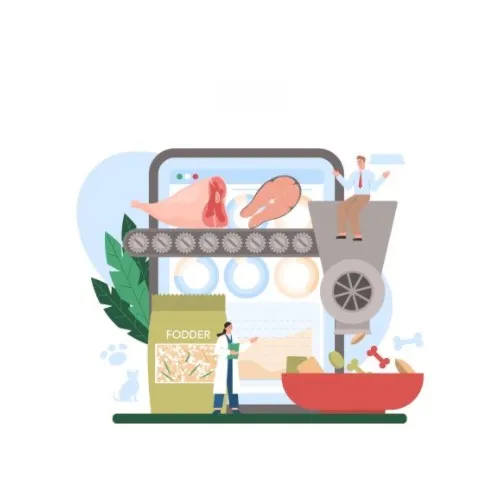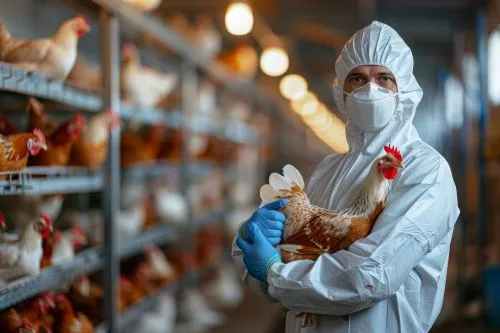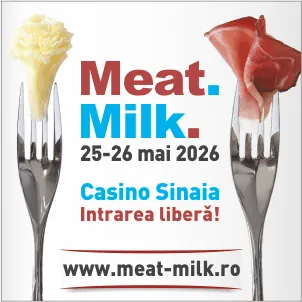1324
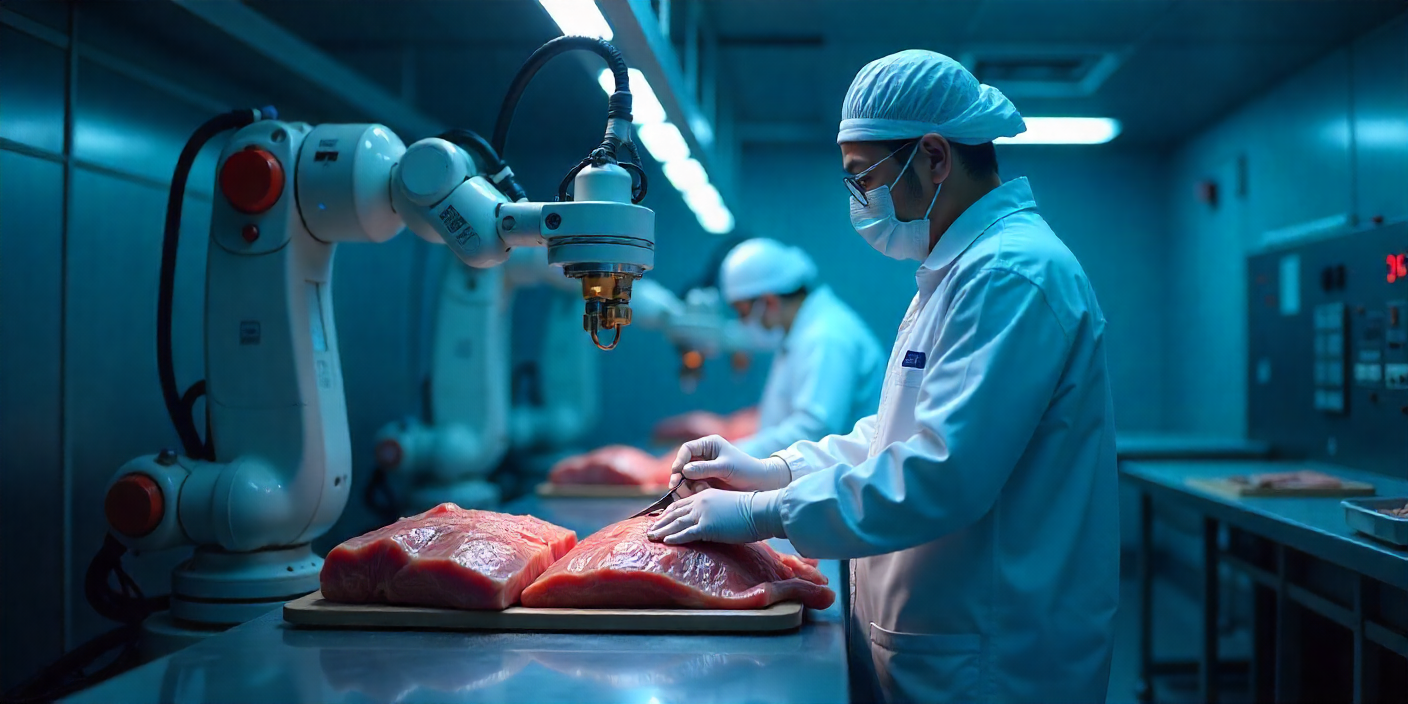
Romania’s Meat Industry Faces Labor Crisis and Tech Modernization Pressure in 2025
In 2025, Romania’s meat industry is facing one of its biggest challenges in the past two decades: a severe shortage of skilled labor, alongside mounting pressure to modernize technologically. Large and small producers in the pork, beef, and poultry sectors are being forced to rethink their production models to remain competitive in a demanding European market.
Skilled Labor Shortage: A Systemic Problem
According to data from the National Institute of Statistics (INS) and the Romanian Meat Association (ARC), more than 25% of positions in slaughterhouses and processing facilities are currently unfilled. Many skilled workers have migrated to countries offering higher wages (Germany, the Netherlands, Denmark), while younger generations tend to avoid the sector, which is seen as hard work with low pay.
To cope, major processors—such as Smithfield Romania, Elit, and Carmistin—have begun hiring workers from outside the EU, mainly from Vietnam, Bangladesh, and Nepal. In 2024, over 7,000 work permits were issued for the food industry, a significant share of which went to the meat sector.
Processing Line Automation – A Necessity, Not an Option
In parallel, digitalization and automation are becoming unavoidable solutions. According to a PwC Romania report, automation can cut operational costs by up to 30% and reduce labor dependency in cutting and packaging departments by 40–50%.
Notable examples include:
- Kosarom invested over €4 million in 2023 in automated MAP (Modified Atmosphere Packaging) lines.
- Transavia is piloting a vision AI project that automatically detects imperfections in poultry carcasses, reducing losses by over 12%.
Digital Certification and Traceability – Now Mandatory in the EU
The new EU food traceability regulation (Reg. 2023/2673/EU) requires, starting July 2025, digital monitoring of the entire production chain from farm to shelf. Romania is still lagging: only 38% of slaughterhouses and 52% of processing units have implemented ERP or WMS systems compliant with EU requirements.
More operators are turning to blockchain-based solutions to guarantee full traceability for consumers, especially in export markets.
Exports – A Key Growth Opportunity
Despite domestic challenges, Romanian meat exports grew by 18.4% in the first half of 2025, according to the Ministry of Agriculture and Rural Development (MADR). Growth has been driven by:
- Poultry meat exports to Germany, Greece, and the Netherlands;
- Offal and by-products to North African markets;
- Halal-certified meat for Middle Eastern countries.
The most successful producers are those combining strict sanitary standards, digital traceability, and adaptation to the cultural requirements of export markets.
Conclusion: Adapt or Be Left Behind
Romania’s meat industry can no longer operate on outdated models. Survival and growth depend on:
- Investment in automation and industrial AI;
- Attracting and continuously training local labor;
- Fast implementation of digital traceability and quality control systems;
- Diversifying export markets and value-added product offerings.
Public support through the 2023–2027 National Strategic Plan (PNS) and EU funding for digitalization and animal welfare could be the deciding factor between a stagnant industry and one ready for export and innovation.
(Photo: Freepik)
